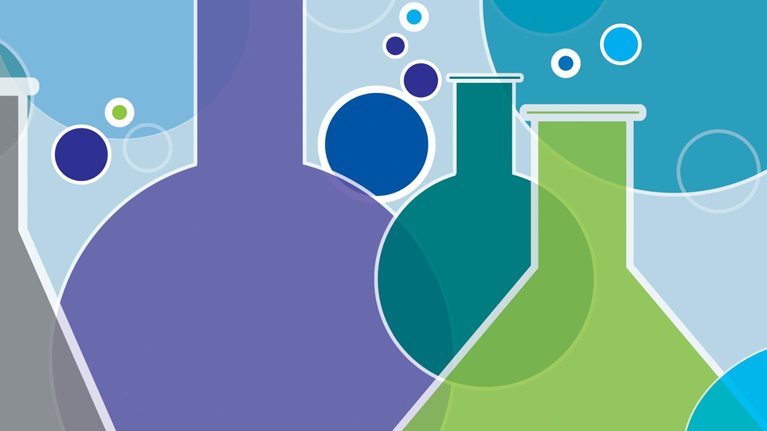Many multinationals are hungry to sell their goods and services to the emerging markets’ growing middle class, comprising nearly two billion people, with $7 trillion in spending power. That immense opportunity has put this group at the center stage of many global corporations’ strategies. But the world’s leading pharmaceutical companies are holding back: the top five generate less than 20 percent of their sales in these markets.
Our study of Brazil’s pharma market, the second largest in the emerging world, confirms that global pharma companies are missing a significant opportunity to make profits serving a big part of the country’s middle class—120 million strong and growing fast. Just as important, expanding the reach of research-driven global pharma companies would give millions of Brazilian households access to the highest-quality patented medicines. In 2010, the value of the prescription drugs sold to Brazil’s middle class was $8 billion, mostly for unpatented medications.
While global pharma executives acknowledge the recent increase in the disposable income of Brazil’s middle class, they think that this group is more interested in spending money on categories such as consumer electronics, cosmetics, and travel than on health care. In discussions with us, executives say that the middle class prefers to rely on public health services, whose physicians prescribe only generic drugs. Moreover, these executives believe that cost-conscious middle-class patients ask pharmacists to switch their medications to less expensive generics even when physicians prescribe branded drugs.
As a result, global pharma companies have concluded that they must focus on Brazil’s wealthiest consumers and can reach the middle class profitably only through generics and branded generics—a strategy that at least five of the top ten pharma companies have recently announced. With local players as the driving force, the generic-drug market is growing at a 28 percent compounded annual rate.
But a closer look at Brazil’s pharma market suggests that it’s time to rethink this approach. Over the last two decades, growing incomes have allowed the middle class to satisfy not only its basic needs but also its interest in beauty products, consumer electronics, and more upscale services. Proprietary McKinsey research conducted in the second half of 2010 found that better health care and education are increasingly important to large segments of Brazil’s middle class.1 Sixty-three percent of it considers brands very relevant for medicine and would pay a premium for trustworthy ones—a finding typical of the vast majority of consumer goods categories. Most global pharma companies haven’t invested in this population segment, however, so it has little or no awareness of their corporate brands.
Three factors lead us to believe that high-quality patented medicines are a large, profitable opportunity.
Our research identified four middle-class segments (exhibit). Two have views very much in line with how pharma management tends to see the middle class: they rely on public services and purchase less expensive generic drugs. But the other two segments, accounting for almost half of the middle class, would pay out of pocket to have access to better health care—for example, to avoid waiting for a medical appointment or exam—and believe more strongly in a direct relationship between a medicine’s price and effectiveness than even the upper classes do. They are willing to make spending trade-offs and to pay extra for more effective drugs, fewer or less intense side effects, and well-known brands.
Middle-class households with older family members suffering from chronic diseases spend 15 percent more on health care and 10 percent more on medications than the middle-class average. These men and women, many of whom take multiple medicines and cannot afford to buy the highest-quality drugs in all cases, therefore need to make trade-offs. That’s an important factor for pharmaceutical companies developing their strategies. Meanwhile, the prevalence of chronic diseases is rapidly increasing in emerging markets; for example, Brazil is expected to have one of the highest diabetes rates among the world’s major countries within the next two decades.
Private health insurance, typically made available through employers, is gaining traction among the middle class. In Brazil, it pays for hospital treatment and visits to physicians but usually not for drugs. We found that among the 50 percent of the middle class that values and aspires to better health care, the penetration of private health insurance is more than two times greater than it is in the other two segments we identified. This finding suggests that a significant household health budget can be freed up for medications. Moreover, through private insurance, middle-class patients gain access to physicians more open to branded medicines.
We have identified four middle-class segments for health care in Brazil.

For the two middle-class segments that value and are willing to spend on health care, physicians play a pivotal role. We found that 40 percent of those serving the middle class perceive branded medications as more effective and appropriate for their patients. The challenge, however, is that physicians not surprisingly see affordability as a major barrier and tend to segment the prescriptions they write for their patients by perceived social status. (In our research, when physicians serving the middle class are presented with profiles of different people, accent and appearance determine the prescription.) Our research also showed that while physicians think that the ability of middle-class patients to pay for branded drugs has increased over the last three years, they continue to underestimate the willingness of Brazilians who value health care to buy these medications.
Global pharma companies must think creatively about how to develop the middle-class segment of Brazil’s pharma market. As expected, pricing is an important issue. The middle class, with $38 in average monthly household spending on medications, cannot afford the three top-selling patented drugs in Brazil, which average $60 each.
Retailers and consumer goods companies, especially local ones, can offer pharma companies valuable lessons in serving the country’s middle class. While it does not spend as much on drugs out of pocket as the upper classes do per capita, its sheer size translates into total spending almost twice as big as that of wealthier segments. Global pharma companies should not ignore it. Furthermore, we believe that these results will apply to other emerging markets, such as China, India, and Russia, which have significant out-of-pocket spending on medications, an increase in the penetration of private health insurance, and a growing, aspirational middle class.

